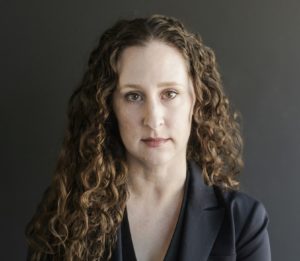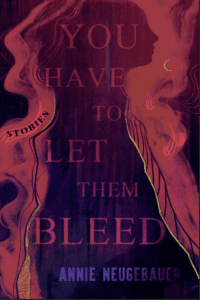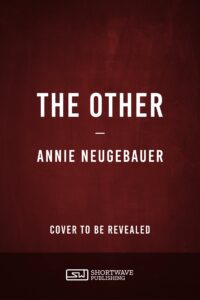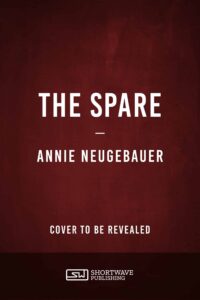Originally posted on April 4, 2011 at 2:31 PM
I thought I would take this opportunity to highlight some of the most important basics of poetry. For some of you, this might be old hat, and for others it might look a little like hieroglyphics. But don’t get overwhelmed. There’s no need to memorize this information all at once (in fact, I recommend that you don’t). The best way to learn about poetic devices is by reading poetry. Applied learning is always more practical than memorization. *And as you read, perhaps you’d like to check back here as a reference.
The two most basic things to understand about poetry are rhyme and meter. They are not to be confused, and are not always used together.
Rhyme
There are two options when it comes to rhyme: rhymed or non-rhymed. Rhymed types include traditional forms (such as the sonnet, villanelle, and pantoum) and created forms. Non-rhymed types include free verse, blank verse, and prose poetry.
There are several types of rhyme. When people speak of a “rhymed poem,” they invariably mean end rhyme. End rhyme is just what it sounds: the last sounds of the line rhymes with the last sounds of the next line. Assonance and consonance are both types of slant or near rhyme (impure). If that rhyme is vowel-based (peck/met) it’s called assonance. If it’s consonant-based (maximum/taxes) it’s called consonance (alliteration is a form of consonance where the consonance occurs at the beginning of the words- please/play). Slightly more sophisticated than end rhyme is internal rhyme, as seen in Edgar Allan Poe’s “The Raven,” where words in mid-line rhyme with one another.
Meter
Meter is, most simply put, formally organized rhythm. (The most well-known example of meter is iambic pentameter, like Shakespeare often used.) When you could guess the stress (emphasis) of the next word based on a line, that line is most likely metered. There are three options when it comes to meter: metered, non-metered, or syllabic. In English and French forms, meter is the clear preference. In many Asian forms, syllable count takes preference over meter (as in the infamous haiku). In free verse, meter and syllable count are ignored completely.
The components of meter are called feet. There are four types of metrical feet: the iamb, the trochee, the anapest, and the dactyl. (I will underline the syllable that gets the emphasis.) The iamb is unstressed/stressed (he sang). The trochee is stressed/unstressed (sing it). The anapest is unstressed/unstressed/stressed (and they sang). The dactyl is stressed/unstressed/unstressed (after the).
Whether a foot has two syllables or three (dissyllabic or trisyllabic), the number of them in a line determines the #meter. One foot is a monometer, two is dimeter, three is trimeter, four is tetrameter, five is pentameter, etc.
So if you combine the type of foot with the number of feet, you get the meter of the lines. Iambic pentameter is a line composed of five iambic feet. Trochaic tetrameter is a line composed of four trochaic feet. You see? The possibilities are endless. Learning to scan (read a poem and determine its meter) does take some time, practice, and patience. And honestly — if you want to get advanced — perhaps a natural ear for it.
Examples of “types” of poems having rhyme and/or meter:
• traditional Shakespearean sonnet: rhymed and metered
• blank verse: metered but not rhymed
• created forms: rhymed but not metered
• Englyn: rhymed and syllabic
• haiku: syllabic but not rhymed
• free verse: not rhymed, not metered
• prose poem: not rhymed, not metered
Using different requirements of rhyme and/or meter gives us the different poetic forms. The sonnet, for example, is the most well-known traditional form. Other forms that employ rhyme and/or meter include the pantoum, the villanelle, the englyn (syllabic), the rondeau (my personal favorite), the rondel, the rondeau redouble, the ballad, the cinquain (syllabic), the haiku (syllabic), the minute (syllabic and metrical), the limerick, the ottava rima, the triolet…
Some other terms worth knowing:
• ekphrastic poetry– poetry that comments on another form of art (a painting, sculpture, novel, etc.) For an example, go check out the Merging Visions Exhibit.
• end-stopped– when a line has a logical pause at the end (i.e., there is a period at the end of that line)
• enjambment– when a line “runs over” into the next line for full meaning (the opposite of end-stopped)
• shape poem– a poem where the arrangement of the words on the page is vital to the meaning or interpretation of the poem. (i.e., a poem about a tornado in which the poems create the shape of a twister visually)
• wrenched accent– pronouncing a word unnaturally to force it into a metrical pattern (in my opinion, this can be the fault of the poet OR the reader)
And remember, the whole point of this is to better understand poetry – not to be overwhelmed by it. If all else fails, skip what you don’t understand, skip what you don’t like, and read out loud.
*For more expanded reading, my favorite terminology resource is a book recommended to me by a friend: Poetry Handbook, A dictionary of Terms, by Babette Deutsch (mine’s the 4th edition). It hasn’t failed me yet!
Share this:





Are you published?